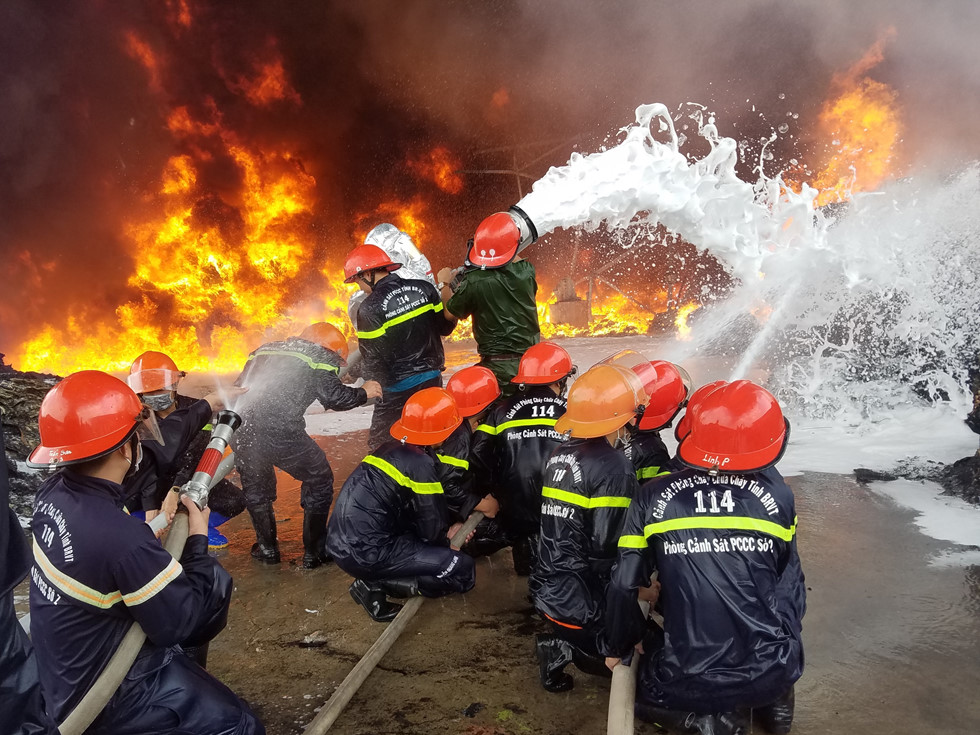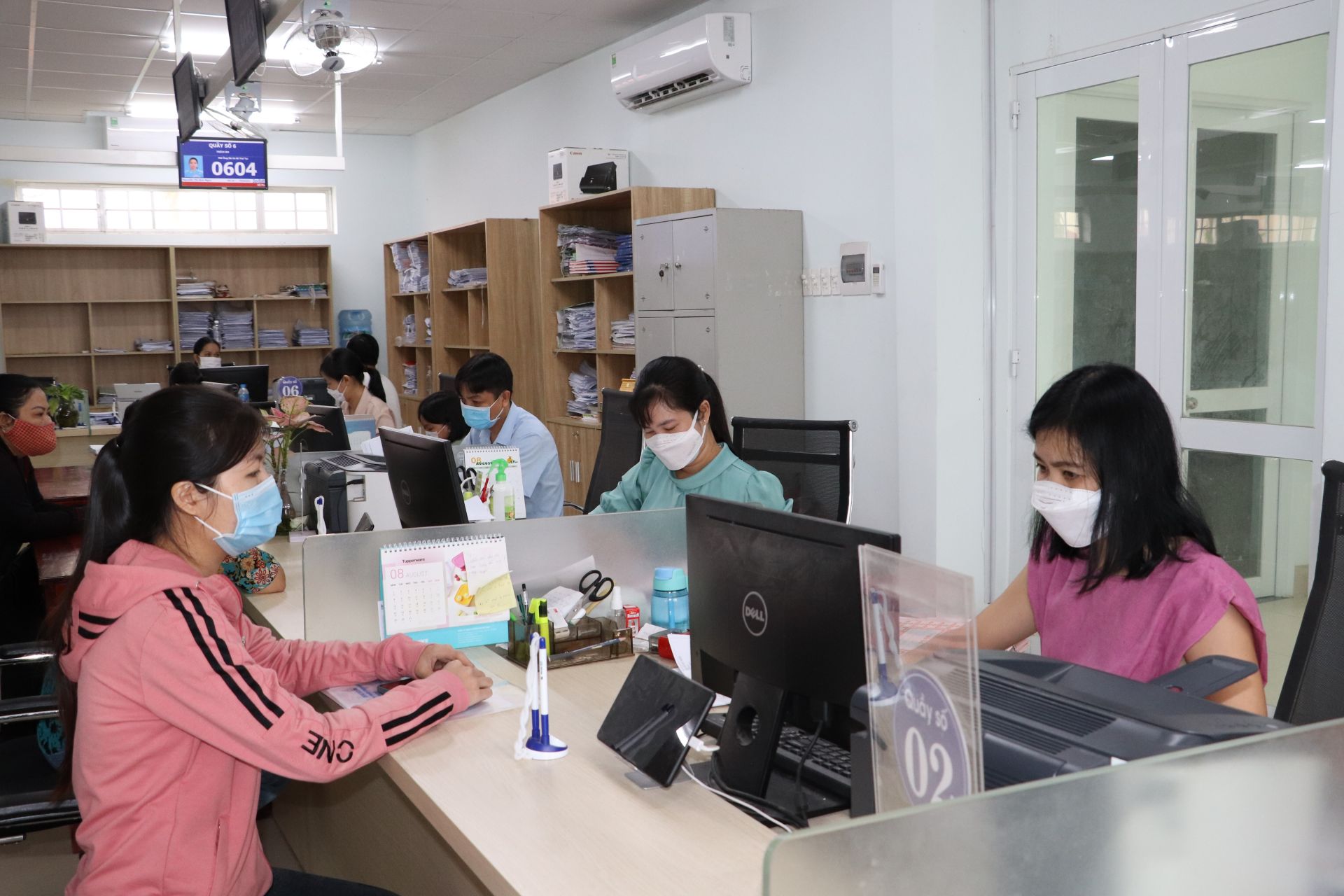21 Facilities requiring fire management in Vietnam
What are the facilities requiring fire management in Vietnam? - Thanh Hai (Tay Ninh)

21 Facilities requiring fire management in Vietnam (Internet image)
Regarding this issue, LawNet would like to answer as follows:
1. 21 Facilities requiring fire management in Vietnam
21 Facilities requiring fire management in Vietnam according to Appendix I issued together with Decree 136/2020/ND-CP include:
(1) Premises of regulatory bodies at all levels with at least 7 stories or total volume of at least 5.000 m3.
(2) Apartment buildings, tenement houses and dormitories with at least 7 stories or total volume of at least 5.000 m3; mixed-use buildings with at least 7 stories or total volume of at least 5.000 m3.
(3) Junior kindergartens and senior kindergartens with at least 100 students or total volume of at least 3.000 m3; primary schools, lower secondary schools, upper secondary schools and multi-level secondary schools with total volume of at least 5.000 m3; colleges, universities, academies; post-secondary schools; vocational schools; continuing education institutions; and other educational institutions established under the Education Law with at least 5 stories or total volume of at least 5.000 m3.
(4) Hospitals; polyclinics, clinics, sanitariums, physical rehabilitation facilities, orthopedic facilities, nursing homes, epidemic prevention and control facilities, medical centers and other healthcare facilities established under the Law on Medical Examination and Treatment with at least 5 stories or total volume of at least 3.000 m3.
(5) Theaters, cinemas and circuses with at least 300 seats; convention centers with at least 5 stories or total volume of at least 5.000 m3; cultural centers, karaoke facilities and night clubs with at least 3 stories or volume of at least 1.000 m3; bars, clubs, beauty clinics, massage shops, theme parks, zoos and aquariums with at least 3 stories or total volume of at least 1.500 m3.
(6) Markets; shopping malls; supermarkets; department stores; convenience stores; restaurants and eateries with total volume of at least 3.000 m3.
(7) Hotels, guest houses, rented houses and other types of lodgings established under the Law on Tourism with at least 7 stories or total volume of at least 5.000 m3.
(8) Workplaces of enterprises and socio - political organizations with at least 7 stories or total volume of at least 5.000 m3.
(9) Museums, libraries; exhibits; storage facilities, bookstores and fair facilities with total volume of at least 5.000 m3.
(10) Post offices and broadcasting and telecommunications facilities; information equipment housing units and data storage and management centers with at least 5 stories or total volume of at least 5.000 m3.
(11) Stadiums with at least 5.000 seats; arenas, sports centers racing tracks, shooting ranges and other sports facilities established under the Law on Physical Training and Sports with at least 5.000 seats or total volume of at least 5.000 m3.
(12) Airports, air traffic control towers; wharves of seaports; dry ports; inland ports; coach stations; rail stations; aerial passenger tramway terminals and rest stops with total volume of at least 1.500 m3; subway facilities; motor vehicle registration facilities; and automobile, motorcycle and moped trading and maintenance facilities with business space of at least 500 m2 or volume of at least 5.000 m3.
(13) Indoor garages with total volume of at least 3.000 m3.
(14) Road tunnels of at least 500 m; railway tunnels of at least 1.000 m.
(15) Nuclear facilities; facilities producing, trading and preserving industrial explosives and explosive precursors; industrial explosive and explosive precursor storage; industrial explosive and explosive precursor import and export ports; weapon and combat gear storage.
(16) Facilities for extracting, processing, producing, transporting, trading and preserving petroleum, petroleum products and gas on land; petroleum and petroleum product terminals, gas terminals; petroleum, petroleum product and gas import and export ports; filling stations, internal filling stations with at least 01 fuel dispenser; gas stations and internal gas supply systems with total gas storage of at least 200 kg.
(17) Industrial facilities with grade A or B risk of fire and explosion and total volume of at least 1.500 m3; and grade C, D or E risk of fire and explosion and total volume of at least 5.000 m3.
(18) Power plants; electrical substations with voltage of at least 110 kV.
(19) Tunnels with production, storage and use of flammable materials and explosives and total volume of at least 1.000 m3. Warehouses of flammable goods or non-flammable goods contained in flammable packaging with total volume of at least 3.000 m3.
(20) Technical infrastructures related to fire prevention and fighting of cities, economic zones, industrial parks, industry clusters, export-processing zones, hi-tech parks and other functional zones according to the Law on Planning requiring approval from authority at district level or higher.
(21) Motor vehicles subject to special requirements for fire safety. Railway vehicles and watercrafts at least 20 m in length transporting passengers, gasoline, oil, flammable liquids, flammable gas, explosives and chemicals posing fire and explosion hazards.
2. Responsibility for fire incident reporting, fire fighting and firefighting participation in Vietnam
Responsibility for fire incident reporting, fire fighting and firefighting participation according to Article 20 of Decree 136/2020/ND-CP are as follows:
- Anyone detecting a fire must inform people around them about it and notify one or all of the following units:
= The neighborhood watch or internal/specialized firefighting force of the locality where the fire occurs;
= The nearest police authority or firefighting authority;
= The government of the locality where the fire occurs.
- Upon receipt of report on a fire in a locality under their management, the regulatory bodies and units mentioned in Clause 1 Article 20 of Decree 136/2020/ND-CP shall promptly arrive at the scene to suppress the fire and, concurrently, notify other essential regulatory bodies and units for reinforcement.
- Upon receipt of report on a fire outside of the locality under its management, the regulatory body/unit mentioned in Point b Clause 1 herein shall promptly notify the regulatory bodies and units managing the locality where the fire occurs to have the fire suppressed; and, concurrently, report to the supervisory unit for consideration and decision to mobilize forces and equipment for reinforcement upon request.
- Persons present at the fire scene must take all suitable measures to save human lives, prevent the fire from spreading and suppress the fire; firefighting participants must obey all orders from the incident commander.
- Police forces, military forces, militia and self-defense forces, health, power, water, urban environment and transport authorities as well as other relevant regulatory bodies shall suppress the fire and participate in the firefighting operation according to regulations in Clauses 2, 3 and 4 Article 33 of the Law on Fire Prevention and Fighting.
- Cases of land rent exemption and reduction under the latest regulations in Vietnam
- Economic infrastructure and social infrastructure system in Thu Duc City, Ho Chi Minh City
- Regulations on ordination with foreign elements in religious organizations in Vietnam
- Increase land compensation prices in Vietnam from January 1, 2026
- Determination of land compensation levels for damage during land requisition process in Vietnam
- Who is permitted to purchase social housing according to latest regulations in Vietnam?
-

- Emergency response and search and rescue organizations ...
- 10:29, 11/09/2024
-

- Handling of the acceptance results of ministerial ...
- 09:30, 11/09/2024
-

- Guidance on unexploded ordnance investigation ...
- 18:30, 09/09/2024
-

- Sources of the National database on construction ...
- 16:37, 09/09/2024
-

- General regulations on the implementation of administrative ...
- 11:30, 09/09/2024
-

- Notable new policies of Vietnam effective as of ...
- 16:26, 11/04/2025
-
.Medium.png)
- Notable documents of Vietnam in the previous week ...
- 16:21, 11/04/2025
-
.Medium.png)
- Notable documents of Vietnam in the previous week ...
- 16:11, 02/04/2025
-
.Medium.png)
- Notable new policies of Vietnam to be effective ...
- 16:04, 02/04/2025
-
.Medium.png)
- Notable new policies of Vietnam effective from ...
- 14:51, 21/03/2025

 Article table of contents
Article table of contents
